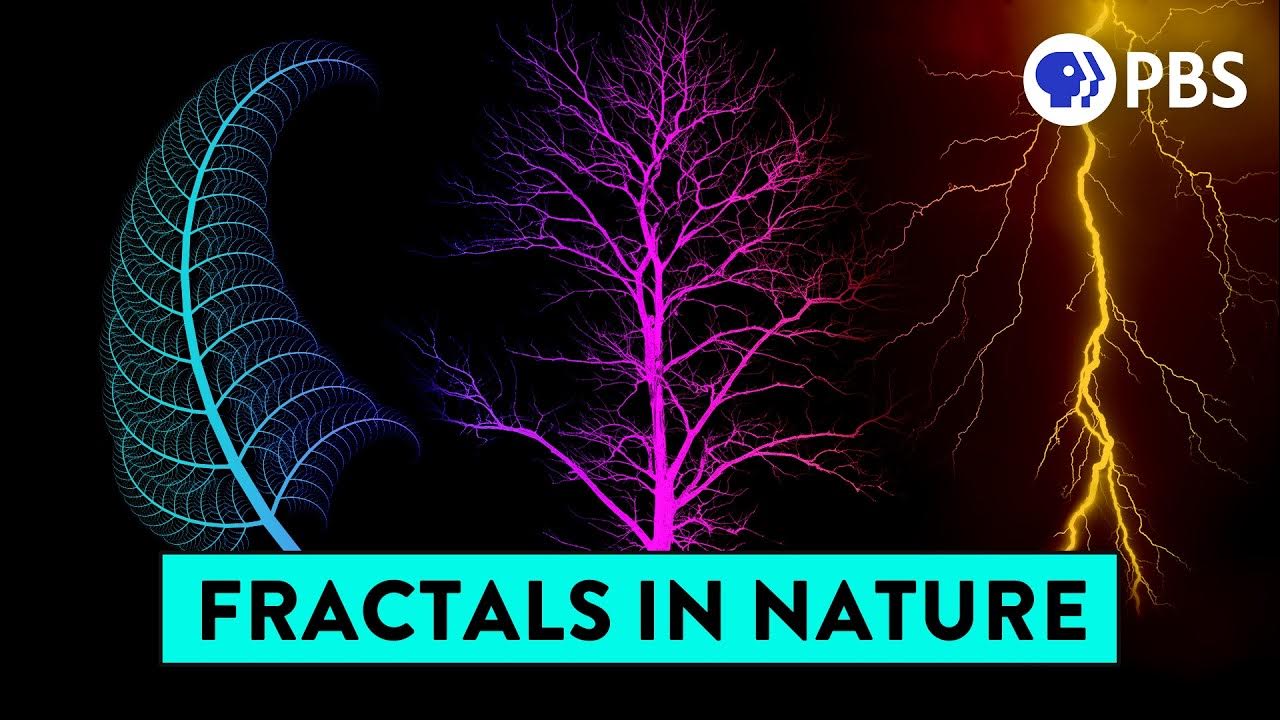Qué son los fractales y cómo pueden ayudarnos a entender el universo | BBC Mundo
Summary
TLDRThis video script explores the fascinating concept of fractals in nature, showing how patterns in galaxies, cloud formations, mountain ranges, coastlines, and even our nervous system follow fractal principles. It introduces Benoit Mandelbrot, who coined the term 'fractal' and developed the Mandelbrot set, a visual representation of infinite fractal patterns. The script highlights the endless replication and uniqueness of fractals in natural and scientific processes, from snowflakes to the structure of the universe itself. It concludes by suggesting that fractals might hold mysteries yet to be fully understood, influencing fields like climate change research and cancer studies.
Takeaways
- 😀 Fractals are repeating patterns found in nature, such as in galaxies, clouds, mountain ranges, and coastlines.
- 😀 A common example of a fractal in nature is broccoli, where each small branch mirrors the structure of the entire plant.
- 😀 Snowflakes are also fractals, with each flake being unique but following a similar fractal pattern.
- 😀 Fractals are self-replicating structures that continually create new, smaller versions of themselves, but each one is still unique.
- 😀 Benoit Mandelbrot coined the term 'fractal' in the 1980s while working as a researcher at IBM.
- 😀 Mandelbrot's work was inspired by earlier mathematical discoveries, such as the infinite divisibility of a single line by Georg Cantor.
- 😀 The 'Mandelbrot set' is a revolutionary geometric visualization of fractals, demonstrating infinite complexity that can continue to expand eternally.
- 😀 Fractals have infinite complexity, meaning they can generate endless new patterns from a single structure.
- 😀 Fractal geometry is applied in various fields today, such as studying climate change, meteorite trajectories, and even cancer research.
- 😀 There is speculation that the universe itself might be a fractal, with patterns repeating across different scales, from galaxies to subatomic particles.
Q & A
What do galaxies, cloud formations, the nervous system, mountain ranges, and coastlines have in common?
-They all contain fractal patterns, which are repeating structures found in nature.
What is a classic example of a fractal in nature?
-A classic example of a fractal in nature is broccoli, where each branch is a smaller version of the entire plant.
Why are snowflakes considered fractals?
-Snowflakes are considered fractals because they have repeating patterns, and it is said that no two snowflakes are exactly alike.
What is the significance of fractal geometry in understanding the natural world?
-Fractal geometry helps explain why nature continuously creates new structures that replicate themselves, yet remain unique, showing how even the smallest components contribute to a larger whole.
Who coined the term 'fractal' and when?
-The term 'fractal' was coined by mathematician Benoit Mandelbrot in the 1980s.
What earlier mathematical discoveries influenced Mandelbrot's work on fractals?
-Mandelbrot was influenced by the work of mathematicians like Georg Cantor, who showed that a single line can be divided infinitely, and by Helge von Koch’s triangle, which has infinite perimeter but finite area.
What did Mandelbrot contribute to the study of fractals?
-Mandelbrot developed his own revolutionary equation that combined patterns from previous mathematical discoveries, leading to the creation of the Mandelbrot set, which visualizes an infinite fractal structure.
What makes the Mandelbrot set particularly fascinating?
-The Mandelbrot set is fascinating because it continues to create an infinite number of new patterns from its original structure, demonstrating that the fractal structure can expand eternally.
How is fractal geometry applied in modern fields?
-Fractal geometry is applied in various fields like climate change studies, meteorite trajectory research, and cancer research, helping scientists understand complex systems.
Can the universe itself be considered a fractal?
-Some believe that the universe may be a fractal, as repeating patterns can be seen from galaxies down to atoms, and even within human biology, suggesting a fractal-like structure across different scales.
Outlines

This section is available to paid users only. Please upgrade to access this part.
Upgrade NowMindmap

This section is available to paid users only. Please upgrade to access this part.
Upgrade NowKeywords

This section is available to paid users only. Please upgrade to access this part.
Upgrade NowHighlights

This section is available to paid users only. Please upgrade to access this part.
Upgrade NowTranscripts

This section is available to paid users only. Please upgrade to access this part.
Upgrade NowBrowse More Related Video

Why trees look like rivers and also blood vessels and also lightning…

Fractals are typically not self-similar

What Lies Between Dimensions?

Ian Stewart's Nature's Numbers: Chapter 1 - The Natural Order

Is God A Mathematician? - Fractal Geometry of Nature

How fractals can help you understand the universe | BBC Ideas
5.0 / 5 (0 votes)